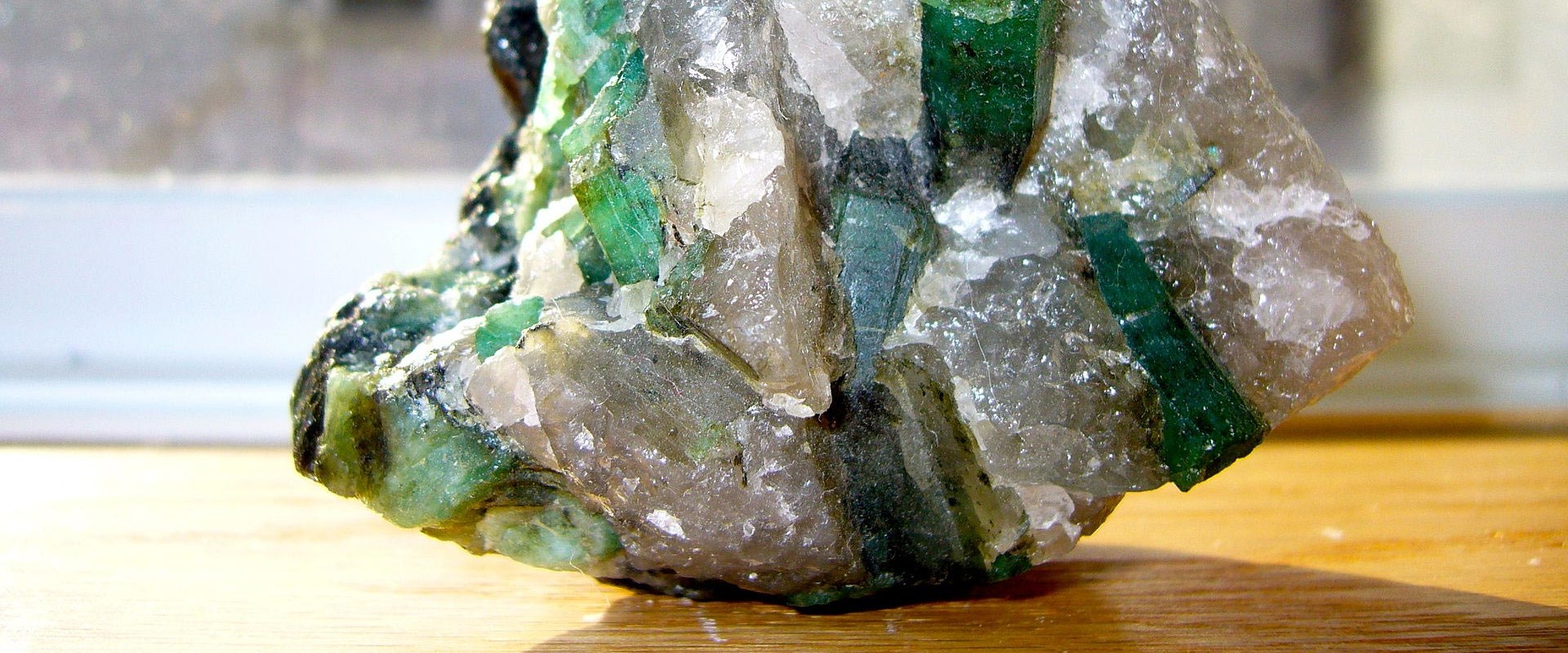Crystals can form rapidly if the right conditions are present. For instance, large industrial quartz crystals can be grown in laboratories in a matter of days under controlled conditions. Ice crystals can also form in lakes or puddles overnight. And, the giant crystals in pegmatites can grow at an astonishing rate.
Crystals tend to grow faster in warmer temperatures because the liquid containing the dissolved material evaporates quickly. Crystallization is preceded by nucleation, which occurs spontaneously or is induced by vibrations or particles. If nucleation occurs too quickly, too many crystals will grow too small. The following figure shows an equilibrium diagram of a crystallization from a solution. For a diffraction experiment, you don't need more than one good single crystal.
The best way to grow a few beautiful crystals, as opposed to many bad crystals, is to slowly shift the concentration toward the nucleation area, without going too deep into it. The formation of cores (not too many) and the initial crystallization will reduce the concentration and return the solution to the region of supersaturation. This is where existing crystals grow, but no new nuclei form. You want to keep your system there. This means that all changes to the system must be slow.
Place the bottle in a warm, dry place so that the water evaporates faster. Boiling water and placing the jar or glass in a warm place will accelerate the formation of crystals. The electrostatic force that attracts ions to growing crystalline faces weakens with the square of the distance to the crystal. More strikingly, crystals from the size of one decimeter to even one meter (4 inches-3 feet) are typical of pegmatites, which, compared to granite bodies, are relatively small and therefore likely to cool and crystallize quickly. Based on these first principles, researchers modeled the possible growth rates of these crystals based on the concentrations of trace elements in the excess aqueous magma from which these crystals grew. The crystals found in rocks usually range in size from a fraction of a millimeter to several centimeters in diameter, although exceptionally large crystals are occasionally found.
Growing Crystals is a popular science fair project that teaches students about crystal formation, evaporation and saturation. For example, selenite crystals larger than 10 meters are found in the Cueva de los Cristales in Naica, Mexico. Crystallography is the science that measures the crystal structure (in other words, the atomic arrangement) of a crystal. Other less exotic crystallization methods can be used depending on the physical properties of the substance, including hydrothermal synthesis, sublimation or simply solvent-based crystallization. Because favorable conditions for crystal growth are likely to be quite fleeting, it is logical to assume that crystal growth should occur over a relatively short period of time. It took more than three years, an excursion to collect crystal samples from a pegmatite mine in Southern California, hundreds of laboratory measurements to accurately map out the chemical composition of the samples and a deep dive into some materials science articles from 50 years ago to create a mathematical model that could transform chemical profiles into crystal growth rates.
According to the old Garbage In = Garbage Out rule, a crystal structure is only as good as the data used for collection. In the last block of ice, each of the small crystals (called “crystallites” or “grains”) is a true crystal with a periodic arrangement of atoms, but the entire polycrystalline does not have a periodic arrangement of atoms because the periodic pattern breaks at the boundaries of grains.
